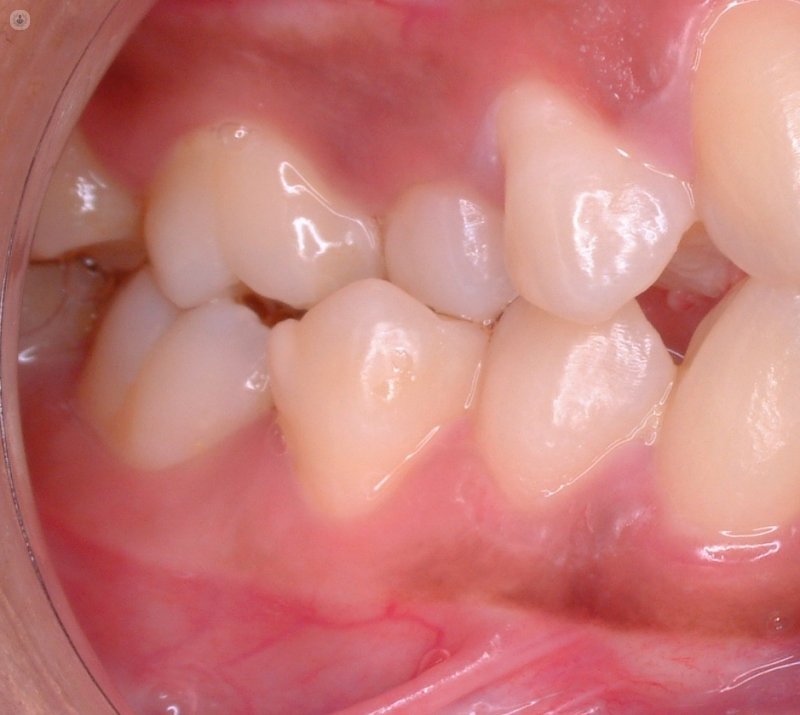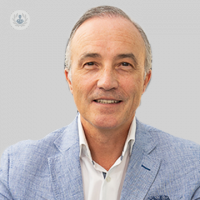Problems in the jaw?
Written by:Temporomandibular joint is formed by a set of anatomical structures. It allows the jaw to make movements applied to the masticatory function (opening and closing, protrusion, retrusion, laterality).
There are two temporomandibular joints: one on each side of the jaw, and another at ear height. This is a double articulation (bicondilia), and is the most complex we have.
temporomandibular dysfunction
 Many TMJ problems are caused by effects of physical stress or the teeth grinding and, in most cases, the TMJ disorders are related to poor tooth function (malocclusion).
Many TMJ problems are caused by effects of physical stress or the teeth grinding and, in most cases, the TMJ disorders are related to poor tooth function (malocclusion).
Poor posture can also be an important factor in TMJ symptoms. For example, keeping your head forward all day while looking at a screen strains the muscles of the face and neck.
In short, any functional or pathological condition in either of the 2 joints, is capable of altering the integrity of the same and thus cause problems such as dislocation, blocks, joint noises when opening and closing the mouth, etc.
Consequences of TMJ dysfunction
Pathologies of the temporomandibular joint contracture can cause muscles in the cheeks, neck spasms, lockjaw, etc.. Often, moreover, it can be the trigger for headaches, ear and teeth.
The difficulty or discomfort when biting or chewing is another manifestation of alterations in the ATM.
Treatment for TMJ
The diagnosis by a specialist in Occlusion and ATM is fundamental. Go to an orthodontist or a specialist in Oral Rehabilitation is most appropriate. Often this professional will petition both electromagnetic resonance ATM mouth closed and maximum opening to see the structures and joint damage, as well as other diagnostic tests.
Many patients come to maxillofacial or neurologist to symptoms of pain, but really a specialist who values occlusion is necessary, and this field always corresponds to Odonto-Stomatologist.
It is essential to improve the symptoms of pain, so the appropriate medication are anti - inflammatory drugs and analgesics.
The heat and massage by a specialist physiotherapist in ATM are also suitable.
On the other hand, proper deprogramming with a bite splint that is balanced and adjusted monthly improves the symptoms and is the key to quality of life in most cases.
After deprogramming and having improved symptoms of pain and reached muscle relaxation, proper orthodontic treatment will be planned in most cases, based on the central relationship to improve and correct the malocclusion, which undoubtedly is one of the direct causes ATM problems.


